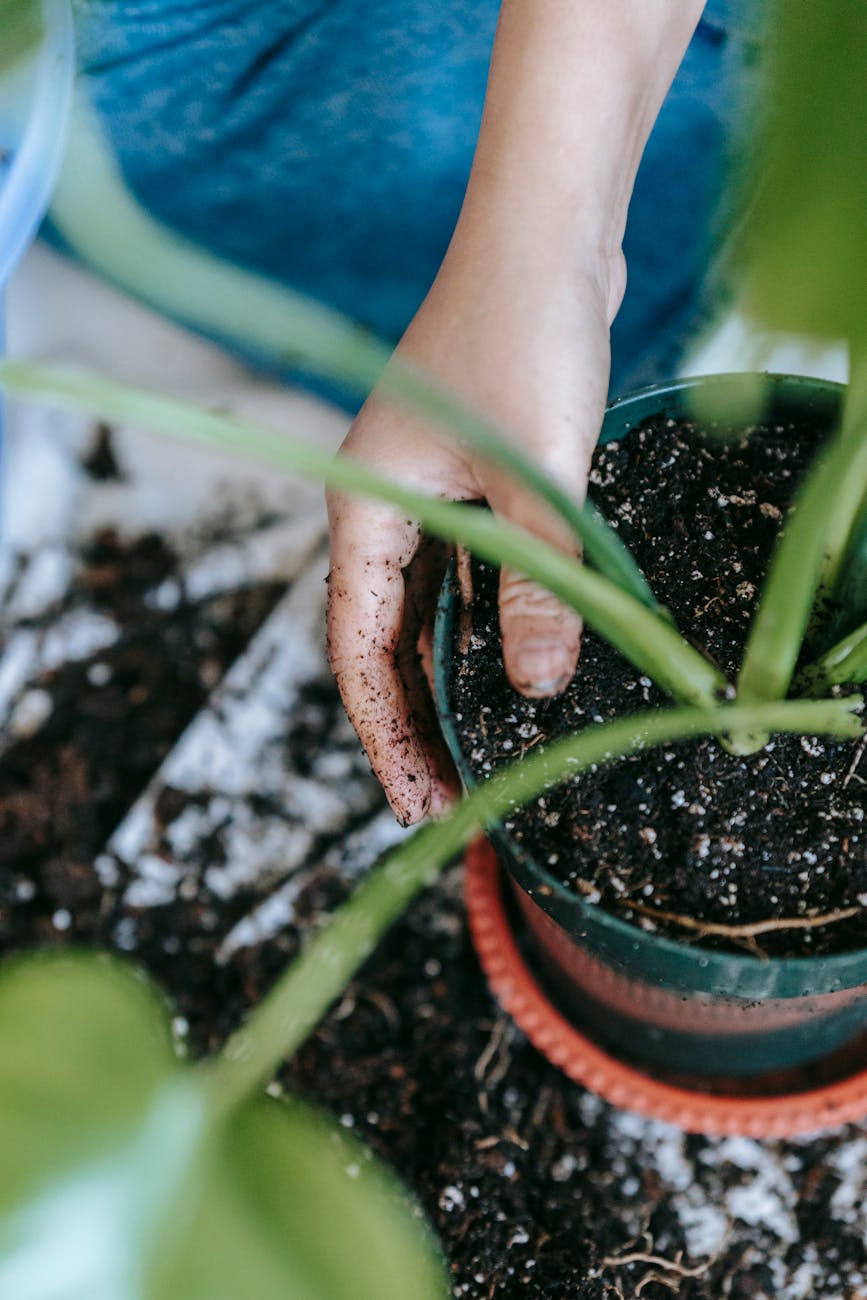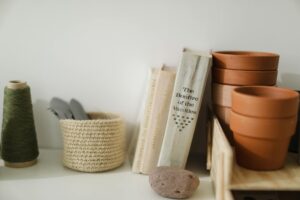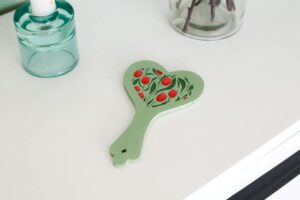Best Practices for Healthy Houseplants: Soil, Fertilizer, and Pest Prevention

Introduction
Healthy houseplants start with a few deliberate choices: the right soil, sensible feeding, consistent watering, and thoughtful pest prevention. These elements interact constantly — soil determines drainage and nutrient retention, which affects how and when you water and feed. Poor choices in any one area will make the others harder to manage. This article breaks those interactions into practical, applied steps you can use today. You will learn how to choose and amend potting media, match containers and watering routines to plant needs, select and apply fertilizers safely, and set up low-toxicity pest prevention and response strategies. The goal is to reduce stress for both you and your plants while encouraging steady, predictable growth.
Choosing the right soil
Soil is the foundation of plant health indoors. Most problems start with media that either holds too much water or drains too quickly. Use a soilless potting mix for most houseplants; these are lighter and designed to avoid compaction. Key components and their roles:
- Peat moss or coco coir – retains moisture while providing structure. Coco is more sustainable and buffers salts differently than peat.
- Perlite and pumice – increase aeration and drainage; perlite is the lighter, more common option.
- Vermiculite – retains water and nutrients; useful for water-loving plants but can hold too much moisture for succulents.
- Compost or well-rotted bark – adds nutrients and microbial life; use sparingly in mixes for potted plants to avoid over-fertilization and gnats.
Match mix to plant type: a 50:30:20 mix of coco/peat : perlite : compost works well for many foliage plants. Succulents and cacti need at least 50% inorganic material. Orchids and some epiphytes need chunkier bark mixes for maximum airflow. Finally, measure soil pH with a simple tester: most houseplants prefer pH 5.5–6.5, while some (e.g., African violets) prefer slightly acidic blends.
Right pots and watering habits
Pots and watering are inseparable from soil choice. A container with poor drainage will undo even the best mix. Use pots with drainage holes and match pot size to root mass: too large a pot keeps media wet; too small restricts growth. Watering best practices:
- Water thoroughly, then let the top 1–2 inches of media dry for most foliage plants.
- For succulents, allow the mix to dry almost completely between waterings.
- Avoid daily light watering that wets only the surface; deep infrequent waterings encourage healthy roots.
- Use the finger test or a moisture meter for reliable decisions; adjust frequency with seasons and indoor humidity.
These routines directly affect fertilization and pest risk. Overwatering leaches nutrients unpredictably and encourages root rot and fungus gnats; underwatering limits nutrient uptake and stresses plants, making them more vulnerable to pests.
Feeding: fertilizers and schedules
Fertilizer supplies the nutrients not present in sterile potting media. Understand N-P-K ratios: nitrogen (N) for leafy growth, phosphorus (P) for roots and blooms, potassium (K) for overall vigor. Choose one approach or combine them:
- Slow-release granular – convenient, longer interval (3–6 months), less risk of burn when applied per label.
- Liquid water-soluble – fast-acting and easy to adjust; use at half strength to avoid buildup.
- Organic options – fish emulsion, kelp, or compost tea add nutrients and microbial life but vary in N-P-K and smell.
Below is a simple guideline table. Always read product labels and err on the side of underfeeding rather than overfeeding.
| Plant type | Typical N-P-K | Frequency | Notes |
|---|---|---|---|
| Foliage houseplants (philodendron, pothos) | 10-10-10 or 20-20-20 balanced | Monthly (liquid) or every 3 months (slow-release) | Trim and flush soil annually to prevent salt buildup |
| Flowering plants (hibiscus, African violet) | 10-30-20 or bloom-focused formula | Every 2–4 weeks during bloom season | Reduce nitrogen slightly to promote flowers |
| Succulents, cacti | 2-7-7 or low-N formulas | Every 6–8 weeks during active growth | Use dilute solutions to avoid root burn |
| Orchids | 20-20-20 diluted or orchid-specific mix | Every 2 weeks diluted, or monthly slow-release | Flush medium occasionally to prevent salt buildup |
Preventing and managing pests
Pest prevention is largely proactive: healthy plants in the right media and properly watered are less attractive to insects and disease. Key prevention steps:
- Quarantine new plants for 2–4 weeks and inspect for invisible eggs or pests.
- Maintain cleanliness — wipe leaves, remove dead material, and avoid standing water on trays.
- Encourage beneficials where practical, such as predatory mites or ladybugs for indoor greenhouse setups.
- Use cultural controls — reduce overwatering to prevent fungus gnats, and avoid high humidity pockets that favor mildew.
If pests appear, identify them first: spider mites, mealybugs, scale, aphids, and fungus gnats require different responses. Start with mechanical removal and targeted sprays like insecticidal soap or neem oil for soft-bodied insects. For fungus gnats, allow media to dry, add a layer of coarse sand, or use biological controls like Bacillus thuringiensis israelensis (BTI). Reserve systemic chemicals for severe infestations and follow label instructions carefully. Record treatments and results to learn what works in your environment.
Conclusion
Healthy houseplants are the result of layered, consistent care: choose potting media that matches plant needs, pair that media with a pot that allows proper drainage, and establish watering routines that avoid both chronic dryness and saturation. Fertilize with an approach suited to the plant type, preferring diluted liquid feeds or slow-release formulas and avoiding over-application that causes salt buildup. Prevent pests by keeping plants clean, quarantining new arrivals, and addressing environmental triggers like overwatering and poor airflow. When pests occur, identify them accurately and use the least-toxic effective control first. By treating soil, water, feeding, and pest prevention as an integrated system, you minimize stress and encourage resilient, attractive indoor plants that thrive year after year.
Image by: Teona Swift
https://www.pexels.com/@teona-swift




